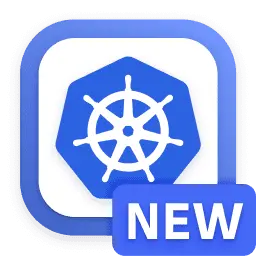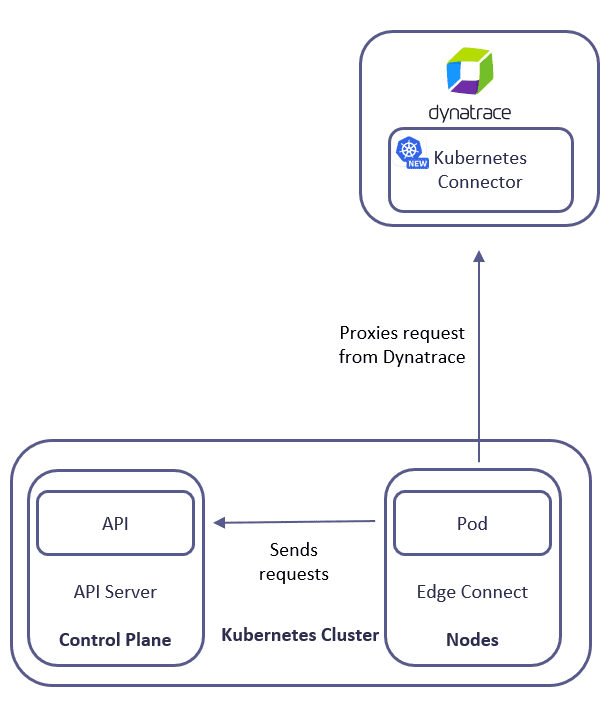Kubernetes Connector
- Latest Dynatrace
- Overview
- 2-min read
- Published May 06, 2024
Kubernetes Connector  allows you to control your Kubernetes cluster via Dynatrace workflows. In a workflow, you can query and manipulate Kubernetes resources, such as pods, deployments, and services. We provide an extensive set of Kubernetes operations via the Kubernetes Connector actions. These workflow actions resemble the well-known command-line interface called kubectl, and Kubernetes operators, developers, DevOps, and platform engineers can start quickly because of this similarity.
allows you to control your Kubernetes cluster via Dynatrace workflows. In a workflow, you can query and manipulate Kubernetes resources, such as pods, deployments, and services. We provide an extensive set of Kubernetes operations via the Kubernetes Connector actions. These workflow actions resemble the well-known command-line interface called kubectl, and Kubernetes operators, developers, DevOps, and platform engineers can start quickly because of this similarity.
By using the Kubernetes Connector actions, users can implement powerful automation tasks ranging from simple use cases, such as deleting pods and restarting the deployment rollout, to more complex use cases, such as orchestrating Kubernetes jobs or predictively rightsizing disks using Dynatrace AI.
Using EdgeConnect for Accessing the Kubernetes API server
The core of the Kubernetes control plane is the API server, which allows for querying and manipulating the state of API objects, such as pods, deployments, and jobs. Kubernetes Connector  uses the Kubernetes API server to query and manipulate the state of API objects.
uses the Kubernetes API server to query and manipulate the state of API objects.
Following security best practices, the Kubernetes API server should never be exposed to the internet and only be accessible from within trusted network(s). Hence, the Dynatrace platform can't directly send requests to the Kubernetes API. To allow sending requests to the Kubernetes API, Dynatrace offers EdgeConnect, which acts as a proxy between Dynatrace and the private network where the Kubernetes API is reachable.
To use Kubernetes Connector, EdgeConnect must run within the Kubernetes cluster where the automation is executed. This gives EdgeConnect access to the Kubernetes API.
